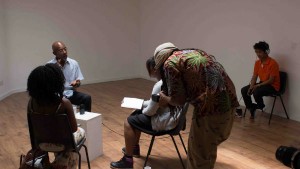
In 1965, only two weeks before he was assassinated, Malcolm X gave a speech to both the London School of Economics and the Council of African Organisers in the UK. Despite causing a stir a few months before, arguing at an Oxford Union debate that extremism in the defence of liberty is no vice, his general message hit home with a second generation of black British youth.
Similar speeches from other black rights figures at the time, such as Angela Davis, fell upon the ears of a generation that lived in an environment ripe for rebellion. Consequently, movements to fight back against institutional racism were born across the UK.
Over forty years on and Organised Youth, a local group of young photographers, filmmakers and historians, are running a project to connect with the ex-members of one of these movements: the Brixton based Black Panthers.
It might be claimed that today’s students know better than the limitations of the history curriculum they are taught. After all, they have a lot more information at their disposal and undoubtedly possess the ability to seek out whatever they are interested in. The enthusiasm that runs through Organised Youth’s project is testament to this.
The first thing to be learned from their research is that we must be careful to differentiate the UK’s Black Panther Movement from the more controversial US Black Panther Party.
The UK movement was closely associated with the wider Black Power Movement across the country, which tended to work in localised groups. Whilst Many of these local groups drew inspiration from radical Black Panther activists in the US, there are seemingly no claims to official links with the US Black Panther Party.
One of the key differences between the UK and US movements was the attitude towards gun use. The use of arms was a controversial tactic of the US Black Panther Party and one that gave them a reputation for violence. Thus, the lot of black Americans didn’t directly translate into the UK and the Brixton based Black Panther Movement focused more specifically on the different realities of black people across the UK.
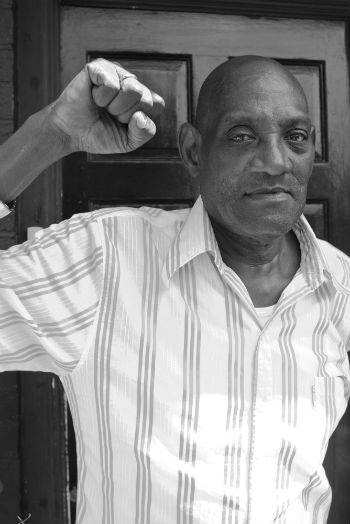
Brixton was one of the key bases of the Black Power Movement. In fact, the Panthers owned a house on Shakespeare Road thanks to money donated by John Berger after he won the Booker Prize. Thus, Organised Youth have hit upon an interesting story. They set out to ask characters, already well known to many of us, to help them tell it.
Photofusion, on Electric Lane, is the driving force behind Organised Youth. Lizzy, Community Programme Manager at Photofusion, explained that the idea came about from a visit to the Black Cultural Archives. Once the project was off the ground they managed to secure some funding, to the tune of £4k, from the National Heritage Lottery Fund.
The members of Organised Youth are aged between 14 to 25. The benefits of the project to them are wide ranging. Firstly, each person has been given editorial and post-production skills and has had to experience working to deadlines. Evidently, these are crucial competences for the workplace.
Organised Youth’s volunteers also have the benefit of working with professionals, such as Eddie Otchere, the senior photographer on the project. This has offered them a chance to improve their current skills and put them to practice.
Ultimately, Organised Youth have been given an opportunity to capture history in their own unique way. Lizzy was keen to explain that whilst the project is being overseen, it is driven by its young members.
Photofusion will be hosting an exhibition over ten days in October to showcase the work of the project and it will include a variety of media.
Firstly, there will be a range of images taken by Organised Youth’s photographers. The project members have also interviewed some of the former panthers. Interviewees include local dub poet Linton Kwesi Johnson, CLR James (author of Black Jacobins which was top of the panther movements reading list at the time) and Darcus Howe, the now broadcaster and long-standing civil liberties campaigner.
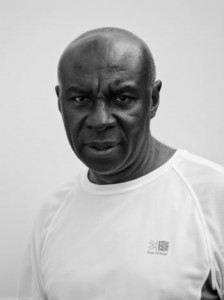
From this list it is obvious that the achievements of many ex-panthers have far outlived the movement itself. In fact, Brixton’s Black Panther movement only lasted from 1968-72.
There are different thoughts about its ending. Some say division within and a lack of focus led to its demise. One ex-Panther suggested that the movement had run its course and achieved its goals.
The latter comment referred to the success of the Mangrove 9 trial during which the Metropolitan Police were shown to have actively sought to discredit the Black Power Movement. The conclusion to the trial prompted judicial acknowledgement that the Met’s actions against the accused had been influenced by racism. This discussion, in addition to many others, is included in the interviews.
Also, the exhibition will display provocative images taken by the Black Panther Movement’s official photographer, Neil Kenlock. Like many of the Panthers, Neil is now well known for other things. He was the creator of Choice FM in addition to the black magazine Root.
The resultant works of Organised Youth will all be available to see at the Photofusion Gallery from 16th to 26th October. For more details see their blog at www.organisedyouth.tumblr.com.


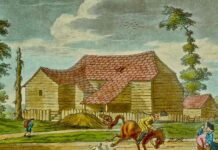
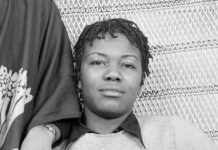




[…] Read our feature on the project, by Keith Lewis, here […]
[…] Read our feature on the project, by Keith Lewis, here […]